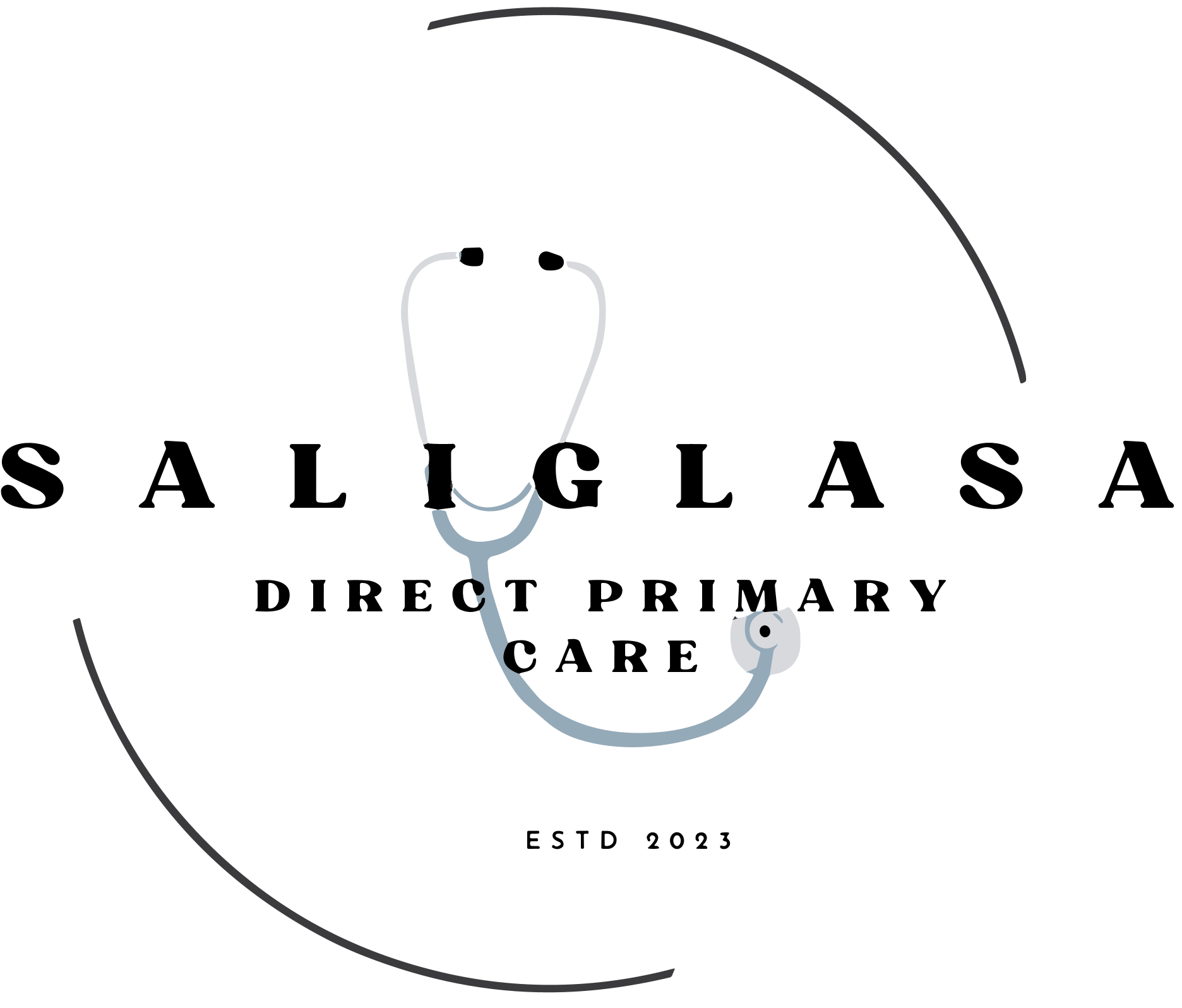United States has the highest healthcare expenditure than any other nation on earth. Although we pay twice as much per capita, use more diagnostic tests than other industrialized nations, pay more to doctors, more to pharmaceuticals and spend up to 8% of our total healthcare expenditure on healthcare administration (compared to 3% in other high-income countries) patients are dissatisfied with the service they get and provider burn out and disillusionment with the profession is at all-time high.
With this backdrop, the healthcare system is under an unprecedented pressure from many angles to transform itself. Several government and institutionally sponsored endeavors are underway to cut cost, address population health needs and improve the patient experience-the so-called, reduce physician burn out- the Quadruple Aims.
In the scramble to achieve the Quadruple Aims, industries from all sectors are jumping into the “innovation” bandwagon to reinvent how we do healthcare. The digital market is presenting itself as the indispensable innovative solution to all that ails the healthcare system. Even the government has caught the innovation fever and CMS has an Innovation.
Center that solicits and rewards new care delivery and payment models that can help to achieve the Quadruple Aims.
Many would agree that no one has more at stake in the outcome of healthcare transformation than patients/ communities who are the end users of health services. Yet, only few patients and patient-advocates have the opportunity to meaningfully participate in this battle everyone seems to be waging presumably on their behalf.
Patients from lower socio-economic status are particularly alienated from the chance to advocate for themselves. To date, there has been little effort to formally document what vulnerable communities prioritize in terms of healthcare services they receive. In a 2016 pilot study done in Baltimore, Maryland we surveyed a small number of community members with a “What Matters to Patients” questionnaire. One of the notable findings from this study was community members rated the humanistic qualities of their physicians almost in par with their physician’s credentials. I had the opportunity to present these results at the annual International Forum for Quality and Safety in Healthcare in Kuala Lumpur, Malaysia in August 2017.
In a 2019 study, we published another study that looked at what patients value most from their primary care doctors, and we were once again able to demonstrate that among many factors patients value being involved in their own care. 1 Other research before us and since have also shown that when physicians actively engage patients in their own care, patients can help reduce healthcare associated harm and improve their health outcomes and satisfaction. Unfortunately, the current health service delivery model does not lend itself to patient engagement.
We need to make efforts now to include the community to be an integral part of the healthcare redesign process that is underway. Otherwise, our innovations will recreate a model that perpetuates an expensive but suboptimal healthcare system that is riddled with patient dissatisfaction, physician burn out and health care disparities.
The complex process of healthcare transformation will take the input of many stakeholders, and there will be neither quick nor perfect fixes. However, making patients and communities an integral part of this journey is not only the right thing to do but the right way to doing it.
